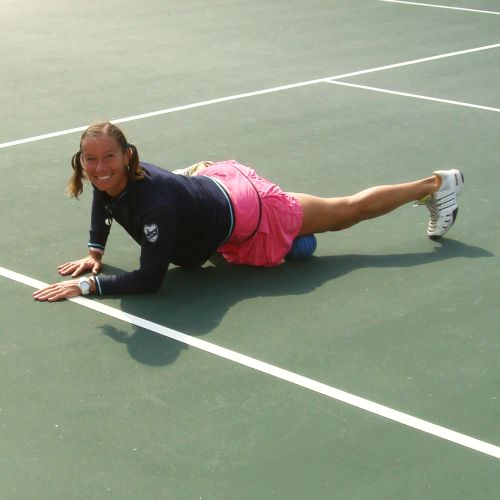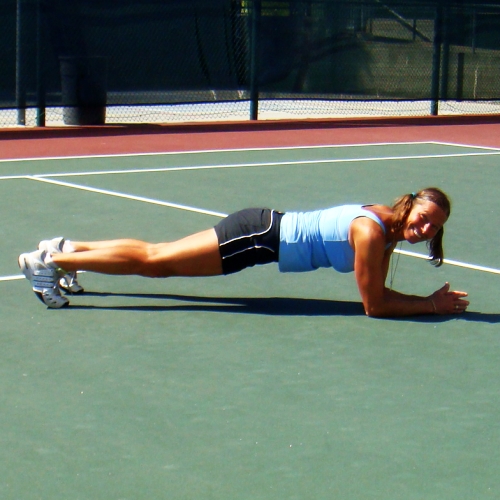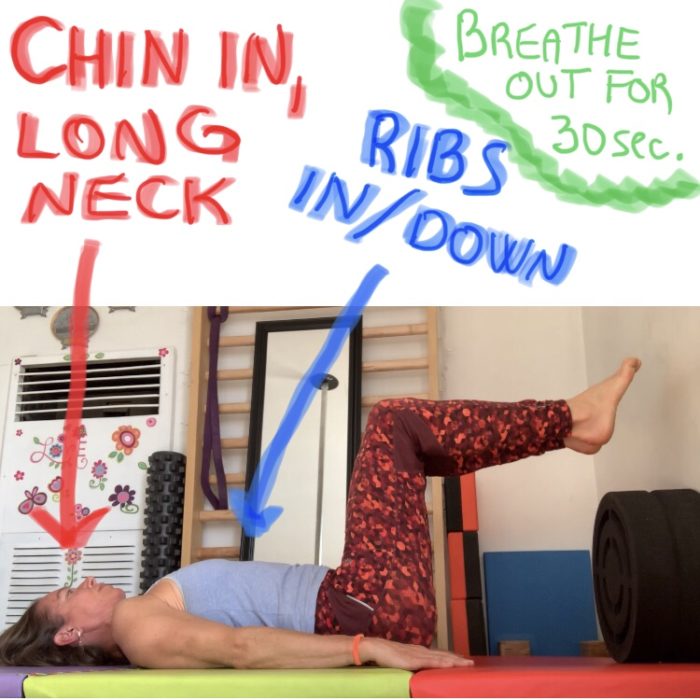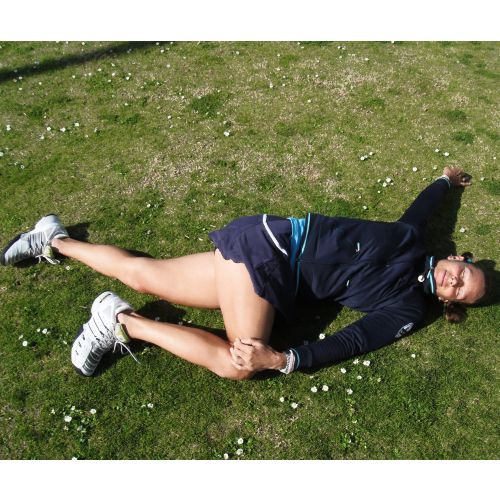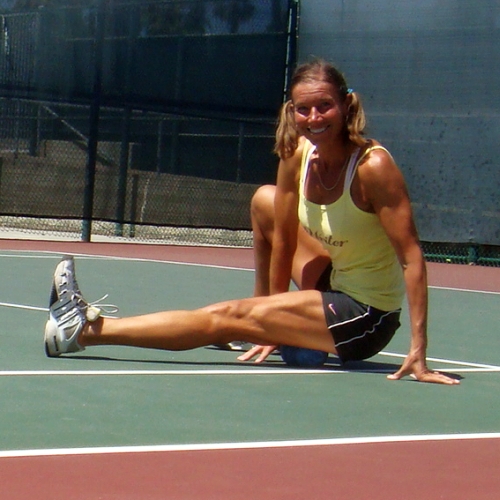I’ve been getting many requests from my readers to show where the different muscles in the body are located, not just use the names. One of the most important muscles that causes quite a lot of troubles for both the athletes and non-athletes, is the hip-flexor (or the psoas part of it). Let’s look at it and also how you can make yourself feel better by sitting much less.
Psoas, hip-flexors
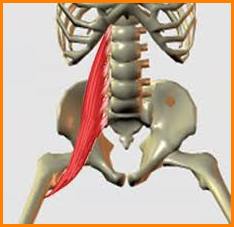
Buried deep in a trunk, the psoas muscle connects the lower and upper body together. With his helper iliacus, psoas muscle is more known as “hip-flexor”, aka iliopsoas. Psoas assists in walking upright, standing up and in almost every athletic movement.
The psoas muscle may seem like one long muscle passing multiple joints, but in reality it contains on average 11 muscle fiber branches attaching to different bony sites (high up to thoratic spine, down on lumbar spine and on the femur). The psoas has superficial and deep layers and in between, there are embedded many nerves. If (or we should rather say “when”, because it is matter of time if you don’t take a good care of it) psoas starts “misbehaving”, it will cause many aches and injuries.
Psoas’ main function is to flex the hip (lift the leg) and stabilize the spine (preventing the vertebrae from rotating in the frontal plane). For the spine and hips to move naturally, freely and without pain, the psoas has to be able to lengthen. And here is the culprit: the majority of modern population has a chronically tight (short) psoas.
We sit too much. Besides the short bursts of fitness activities, we sit at work or school, we sit in the car or public transportation. We sit while eating, watching TV or socializing. Many people sit 10-12 hours a day! During sitting, the psoas is constantly in contracted position and becomes chronically tight. When you stand up, the short psoas prevents you from perfect alignment while standing and walking.
Many of us move straight from school or office to the tennis courts or other fitness activities and perform high intensity training with misaligned structures. To add insult to injury, many activities additionally shorten the psoas: cycling, spinning, stairmaster, treadmill or sitting in the weight machines. No wonder that the majority of population has problems with lower back, pelvis and hips.
Psoas on the treadmill
Walking or running on the treadmill is one of the top fitness activities and an addition to a cardiovascular fitness program of a tennis player—unfortunately, not the best one for the already compromised psoas. The natural gait pattern is through a hip extension, where you push off the ground using the backside of your body (glutes, hamstrings calves). The treadmill changes the natural pattern to one with greater hip flexion. Because the treadmill belt is rolling from under you, your feet have no resistance when they push off. Instead, you have to lift your leg out and up in front of you, recruiting the already too tight psoas. If you run a lot, make sure to dump the treadmill and get out to the nature as much as you can. (Reference: A kinematic comparison of overground and treadmill walking )
Psoas at the desk
You cannot just stop going to work or school, but you may change your working position. The standing desks are becoming more popular, even though the price levels are still high. You can create your own standing desk by adding a special stand or even a simple shipping box on the top of your desk. For me (I am 6 feet tall), the 15x10x12-inch box does it perfectly. $2.
Another option is kneeling by your desk. I use the Airex balance pad (see it here on Amazon), which you can use for strengthening your intrinsic feet muscles and balance as well! I donated my big comfy office chair and purchased a simple stool (see it here on Amazon), that I can easily slide under the desk while kneeling or standing. The stool also allows me to keep good posture while sitting and if I feel adventurous and need a more stretch in my hips, I can sit on it with crossed legs (half lotus or lotus).
Psoas on the floor
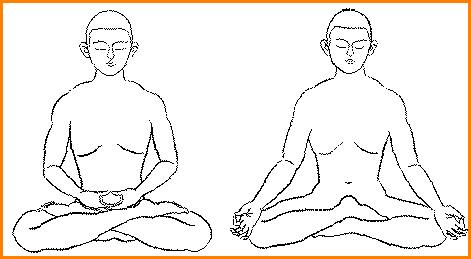
The Asian populations (and other non-western populations) have the great habit of sitting on the floor. They sit with crossed legs in lotus or pigeon positions, their hips are beautifully flexible and they have no issues with tight psoas and lower back pains. They also sit in deep squat position and look extremely comfortable, because their joints are fully flexible. This is something we should work on more and if you have a moment, while watching TV or socializing, why not sit or squat on the floor? By the way, the 15x10x12-inch box is perfect for the laptop while sitting or squatting on the floor.
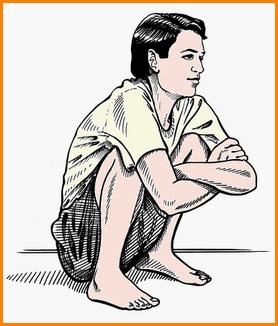
Psoas stretching and myofascial release
All the above measures may seem a little bit drastic or weird if you are more conservatively inclined. But believe me, only a few days of reducing the sitting time will make you feel so much better. And if you keep stretching your quadriceps and do hip-flexor myofascial release, the change will happen even faster. You will notice that your athletic performance will increase, because when your hips, pelvis and lower back get better aligned, your movement and force production will be more efficient.
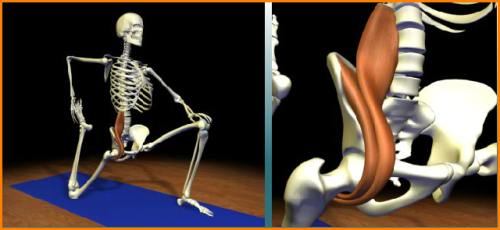
During my research on standing desks, I found this great website: IKEAhackers with tips how to improve or create anything possible. If you are skilled with your hands (and love IKEA), you must definitely check it out for new ideas. They have a few ideas on standing desks.

